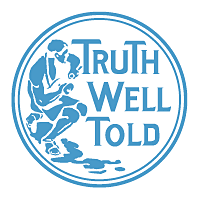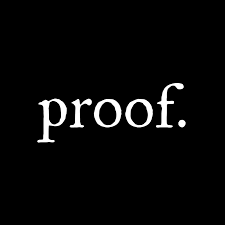First Get The Brand Right.
Here’s my pitch to people who manage small and mid-size companies. Also, to large companies in technology, considered purchase and B2B categories – most of whom think marketing is the main tool of growth. Marketing being defined as creating demand, proper pricing and good distribution. I explain that marketing today is mostly practiced as a downstream pursuit with time spent on buildables. On tactics and execution. “Update the website. Generate more social engagement. Put on a promotional event.”
I counsel these people, these builders, to first get the brand strategy right. First and foremost. Because the brand strategy sets the parameters of winning in the marketplace. It establishes a framework for product, experience and messaging. The irony of my job is that I often have to look and product, experience and messaging, after the fact, to help create the framework. It’s a little bass-ackwards.
Get the brand right and it’s so much easier to get the marketing right. “Ready, fire, aim” it’s not.
Peace.











